
Exploring Future Trends in Pharmaceutical Supply at the 138th China Import and Export Fair 2025
As the pharmaceutical industry continues to evolve rapidly, the upcoming 138th China Import and Export Fair in 2025 provides a vital platform for discussing future trends in pharmaceutical supply. Recent market analyses suggest that the global pharmaceutical supply chain is projected to grow significantly, with a compound annual growth rate (CAGR) of approximately 7.5% from 2021 to 2026, reaching an estimated value of USD 1.8 trillion by 2026. This growth underscores the increasing demand for innovative logistics solutions to enhance efficiency and transparency within pharmaceutical supply chains. Moreover, the rising prevalence of chronic diseases and an aging population are intensifying the need for robust supply networks that ensure timely delivery of medications. The fair will serve as an essential gathering point for industry professionals to explore advancements in pharmaceutical supply chain management, regulations, and technology, ultimately shaping the future landscape of pharmaceutical distribution in China and beyond.
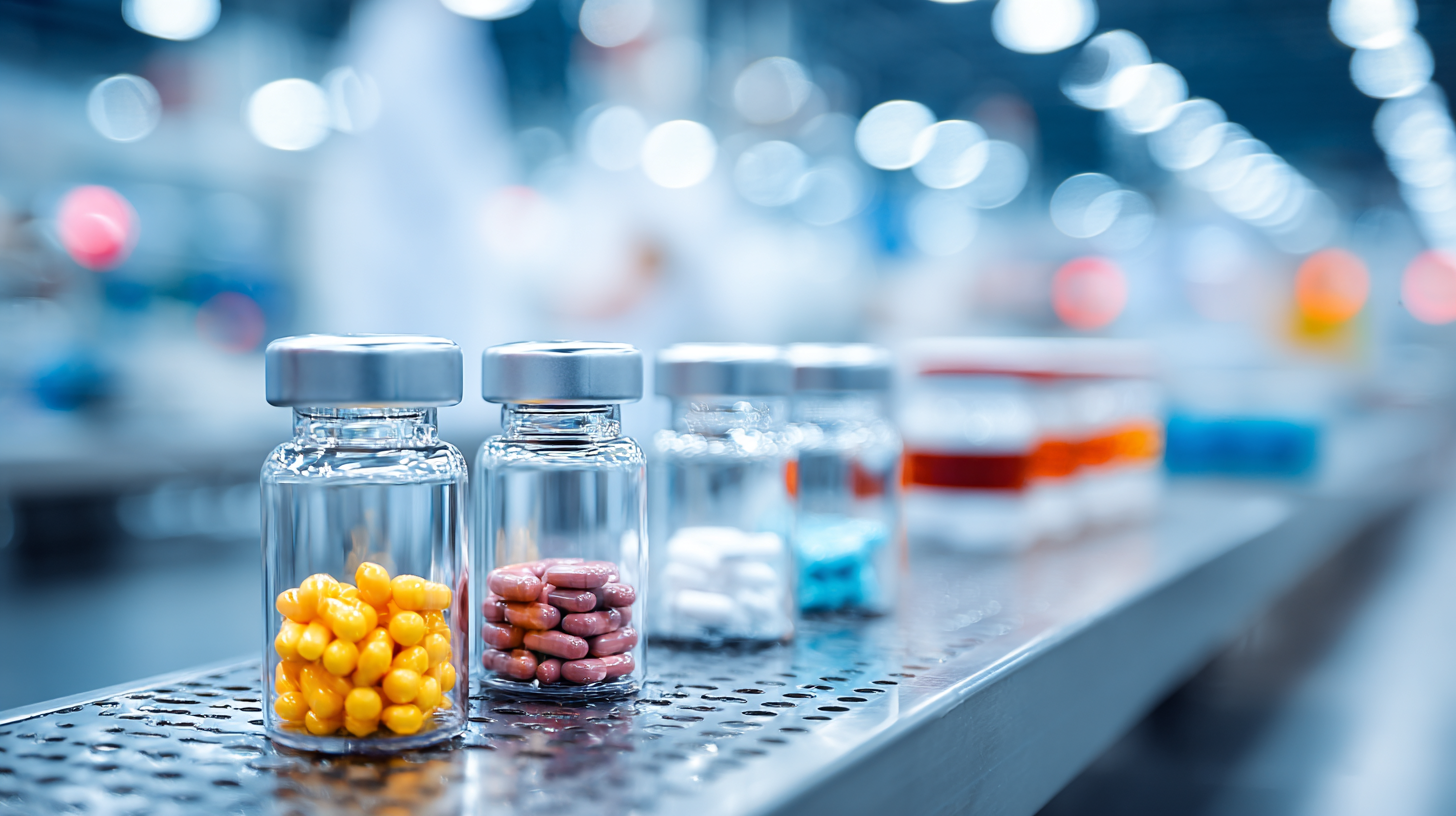
Emerging Trends in Pharmaceutical Supply Chains Post-Pandemic
The COVID-19 pandemic has profoundly reshaped the landscape of pharmaceutical supply chains, prompting industry stakeholders to adapt and innovate. As we approach the 138th China Import and Export Fair in 2025, the emerging trends in pharmaceutical supply chains will dominate discussions.
One noteworthy trend is the increased emphasis on digitalization. Companies are harnessing advanced technologies such as blockchain and artificial intelligence to enhance transparency, traceability, and efficiency within their supply chains, ensuring that pharmaceutical products reach patients safely and promptly.
Another significant trend is the focus on sustainability. The pandemic has highlighted the need for more resilient supply chains, prompting companies to adopt environmentally friendly practices. This includes not only reducing waste and emissions but also incorporating circular economy principles. Furthermore, reshoring and regionalization of production are becoming increasingly relevant as companies seek to minimize disruptions caused by global crises. This shift towards localized manufacturing can enhance supply chain reliability and responsiveness in the face of future challenges. As the pharmaceutical industry continues to evolve, these trends will play crucial roles in shaping the future of supply chains in a post-pandemic world.
The Role of Technology in Enhancing Pharmaceutical Logistics and Distribution
At the upcoming 138th China Import and Export Fair in 2025, one of the most exciting topics will be the role of technology in enhancing pharmaceutical logistics and distribution. As the pharmaceutical industry continues to evolve, innovative technologies such as artificial intelligence (AI), blockchain, and IoT are set to revolutionize how medications are delivered. AI can streamline supply chain processes, predict demand fluctuations, and optimize inventory management, ensuring that critical medications are available when and where they are needed most.
**Tips:** Adopt AI solutions to analyze historical data and forecast trends, which can significantly enhance operational efficiencies. Implement blockchain for enhanced security and transparency within the supply chain, protecting products from counterfeit risks.
Furthermore, IoT devices can provide real-time tracking and monitoring of pharmaceutical products. This capability ensures that temperature-sensitive drugs are stored and transported under the right conditions, minimizing waste and ensuring compliance with regulations. By embracing these technological advancements, pharmaceutical companies can not only improve their logistical effectiveness but also enhance patient safety and satisfaction.
**Tips:** Consider integrating IoT sensors for real-time monitoring of shipping conditions, which can alert you to potential issues before they become problematic. Stay updated on emerging technologies and invest in training staff to leverage these tools effectively.
Exploring Future Trends in Pharmaceutical Supply at the 138th China Import and Export Fair 2025 - The Role of Technology in Enhancing Pharmaceutical Logistics and Distribution
| Technology | Impact Area | Future Trends | Current Challenges |
|---|---|---|---|
| Blockchain | Supply Chain Transparency | Increased traceability of pharmaceuticals | Integration with existing systems |
| AI & Machine Learning | Demand Forecasting | Enhanced predictive analytics | Data quality and availability |
| IoT Devices | Temperature Monitoring | Real-time tracking of conditions | Cost of implementation |
| Robotics | Warehouse Management | Automation of order fulfillment | Adoption barriers |
| Cloud Computing | Data Storage & Analytics | Scalability and accessibility of data | Cybersecurity risks |
Sustainability Practices in Pharmaceutical Supply at Import-Export Venues
The 138th China Import and Export Fair 2025 promises to showcase significant advancements in sustainability practices within the pharmaceutical supply chain. As the industry increasingly prioritizes eco-friendly initiatives, two key areas gaining attention are waste reduction and green packaging. According to the Global Packaging Alliance, approximately 40% of pharmaceutical waste is recyclable, yet most remains unused due to inadequate systems. By integrating sustainable practices at trade venues, companies can significantly reduce their environmental impact while meeting the growing consumer demand for eco-conscious products.
Tips for implementing sustainability in pharmaceutical supply include sourcing materials from certified suppliers that adhere to environmental standards, which has been shown to enhance corporate reputation and compliance. Furthermore, embracing innovations such as biodegradable packaging and digital inventory management systems can lead to reduced waste and lower operational costs. A report from Deloitte indicated that companies adopting sustainable practices could see a 30% increase in efficiency in the long term, highlighting that sustainability is not only a moral imperative but also a business opportunity.
As the pharmaceutical industry navigates future trends, the role of sustainability cannot be understated. By fostering collaborations with logistics providers focused on eco-friendly solutions, stakeholders can ensure that their supply chains are resilient and responsible. The importance of integrating sustainability at import-export venues will undoubtedly become a focal point in the upcoming fair, which aims to create a greener future for global healthcare.
Future Trends in Pharmaceutical Supply Sustainability at Import-Export Venues
Regulatory Challenges and Opportunities for Pharmaceutical Products in 2025
The pharmaceutical supply landscape in 2025 is poised for significant transformations due to evolving regulatory challenges and opportunities. Key reports indicate that the biopharmaceutical industry will increasingly adopt innovative technologies, especially those related to drug delivery systems, such as albumin-based platforms. These systems are being recognized for their potential to enhance therapeutic efficacy across a broader range of disease applications, which will require regulatory bodies to adapt their frameworks to accommodate such advancements.
However, with opportunities come challenges. Regulatory bodies will need to address compliance with new laws surrounding artificial intelligence in drug development, ensuring protection against data privacy breaches while fostering innovation. Moreover, as countries like India seek self-sufficiency in active pharmaceutical ingredients (APIs), the need for rigorous regulatory oversight will become more pronounced, especially in light of potential economic fluctuations impacting supply chains.
**Tips:** For stakeholders in the pharmaceutical industry, staying updated on regulatory changes not only fosters compliance but also opens doors to leveraging emerging technologies effectively. Engaging with local regulatory agencies can provide insights into navigating the complexities of drug approvals. Moreover, collaboration with international partners can help integrate best practices in regulatory strategies, thereby enhancing overall operational efficiency in the pharmaceutical supply chain.
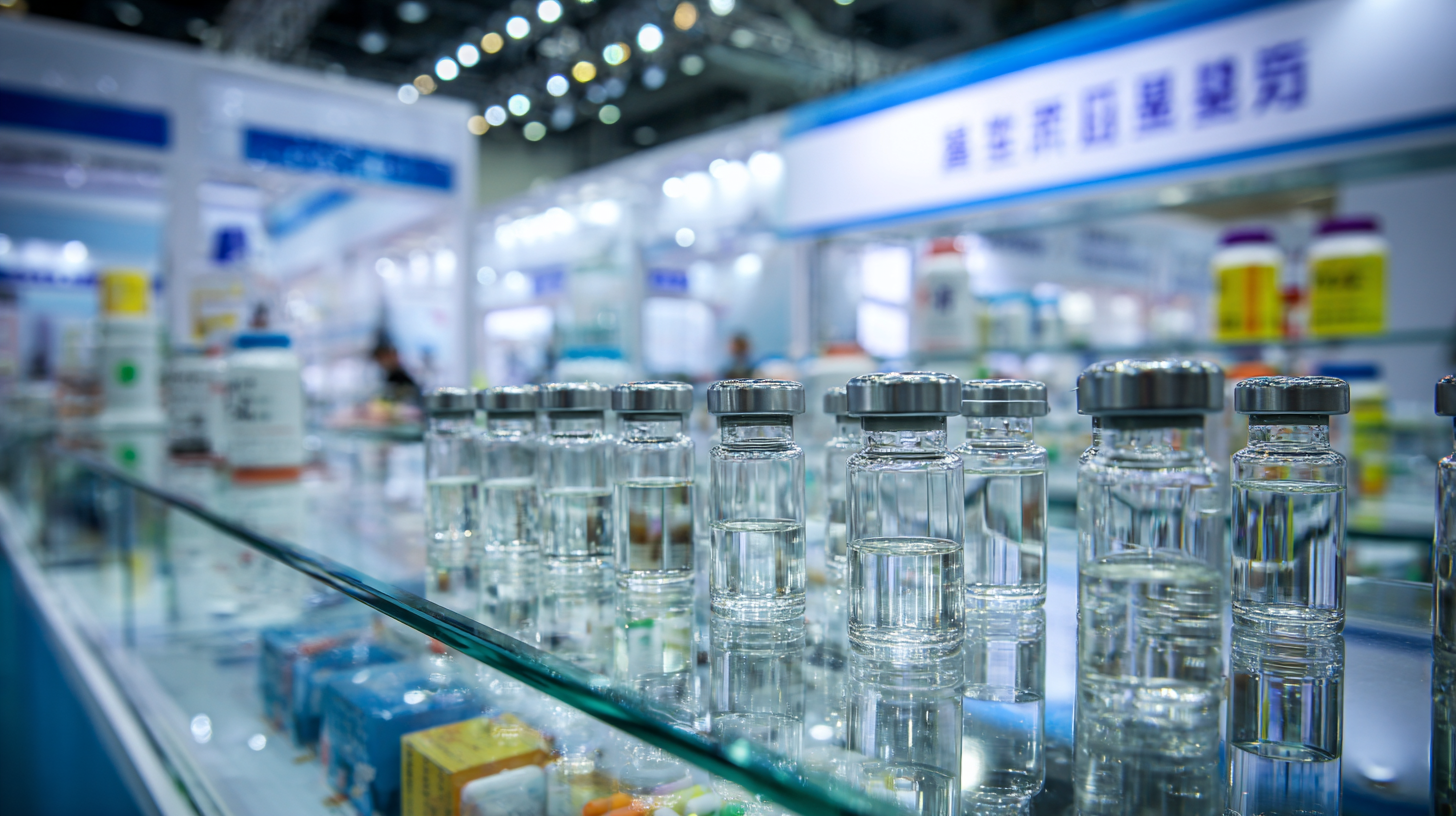
Collaborative Innovations in Global Pharmaceutical Trade at the Fair
The 138th China Import and Export Fair in 2025 presents a unique platform for collaborative innovations in the global pharmaceutical trade. As countries navigate the complexities of supply chain disruptions and regulatory challenges, the fair emphasizes the importance of partnerships that span borders, enabling pharmaceutical companies to leverage shared resources and knowledge. Attendees will engage in discussions and workshops focused on integrating advanced technologies such as AI and blockchain to enhance transparency and efficiency in supply chains.
Moreover, the fair will showcase a range of innovative products and solutions that support collaboration in drug development and distribution. By bringing together key stakeholders from various sectors, including biotechnology firms, regulatory bodies, and healthcare providers, the event fosters an environment ripe for networking and collaborative projects. This collaborative spirit not only aims to address current market needs but also sets the stage for future advancements in pharmaceuticals, ensuring improved access to medications worldwide and a more resilient global health infrastructure.

Related Posts
-
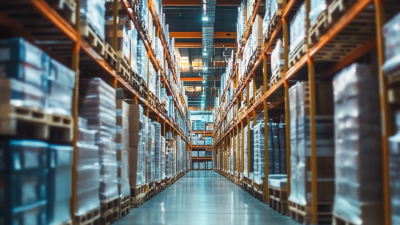
Maximizing Efficiency and Reducing Risks in Pharmaceutical Supply Chain Management
-
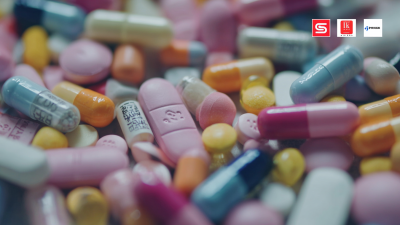
Navigating the Landscape of Best Pharmaceutical Supplier Choices for Your Business
-
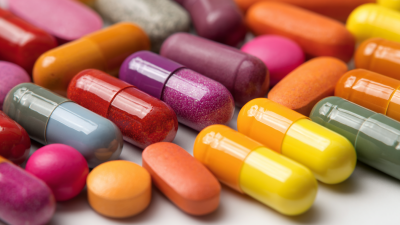
10 Key Tips for Sourcing the Best Raw Pharmaceutical Ingredients Globally
-

Maximizing ROI: The Competitive Edge of Premium After-Sales Support in Best Pharmaceutical Products
-
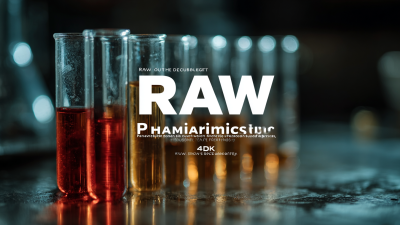
Unlocking the Secrets of Best Raw Pharmaceutical Specifications and How to Choose the Right Supplier
-

Ultimate Guide to Choosing the Right Pharmaceutical Supplier for Your Business
